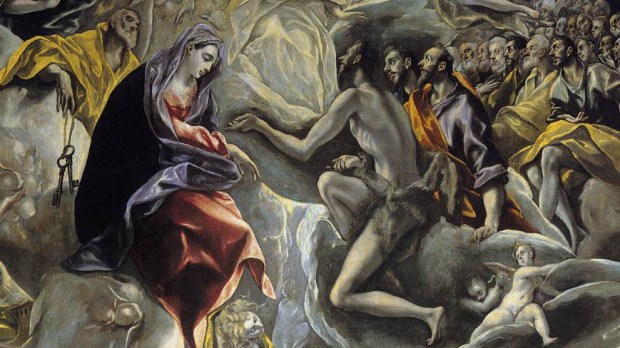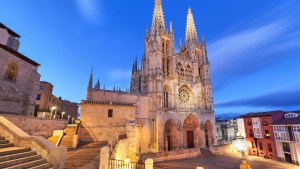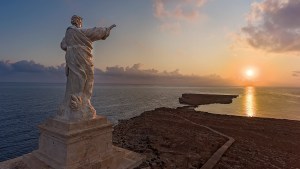The first Spanish capital is home to the second largest cathedral in Spain and some of the best work by the Renaissance master El Greco.
When thinking about Spain, large cities like Barcelona or Madrid are the first that come to mind. But Catholic travelers should not miss a chance to visit Toledo, Spain’s “Imperial City.” Also known as “the City of Three Cultures” — owing to the shared influence of Jewish, Islamic and Christian culture — Toledo was the first capital of Spain. What’s more, Toledo was the capital of the Holy Roman Empire from 1519 to 1556 (during the reign of Charles V, who was crowned emperor by Pope Clement VII in 1530).
Highlights in Toledo include the second largest cathedral in Spain, an entire museum dedicated to El Greco, and an original confessional used by St. John of the Cross.
Originally from Crete, Domḗnikos Theotokópoulos, known as El Greco, spent half of his life in the then Spanish capital, leaving behind some masterpieces of Catholic art that should not be missed during a visit to the city. In order to make sure not to miss a thing, you can follow this Aleteia-crafted itinerary to discover the Catholic wonders of Toledo.
1Puerta de Bisagra Nueva
Make sure to enter the historic city center (designated a UNESCO World Heritage site) by crossing the bridge over the Tago river. This route leads through the 16th century Puerta de Bisagra Nueva, a triumphal arch with a tower on each side that marks one of the city’s gates.
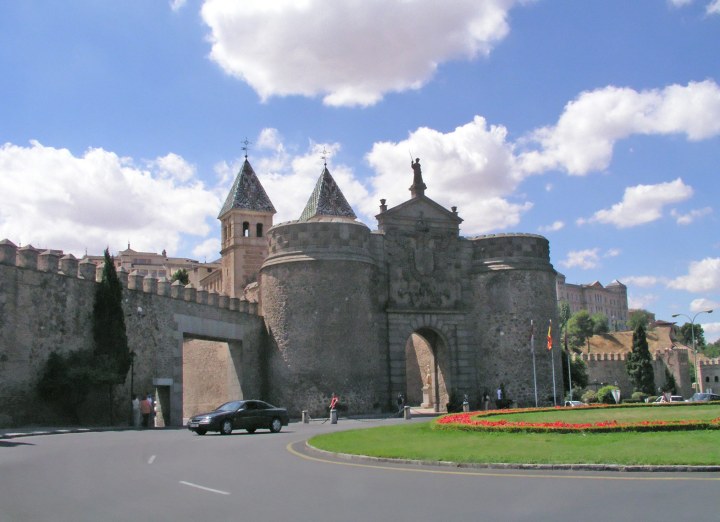
2Iglesia de Santiago de Arrabal
Not far from the historic gate, visitors can find the Iglesia de Santiago de Arrabal. Built in 1245-48 in a former mosque, this church was commissioned by Sancho Capelo, king of Portugal, to honor St. James.
Distinctively Muslim architectural elements can still be detected in the horseshoe arches that make up the three gates and in the a 14th-century plasterwork pulpit. The pulpit was crafted according to Mudejar art, a type of Spanish Christian art based on Islamic motifs.
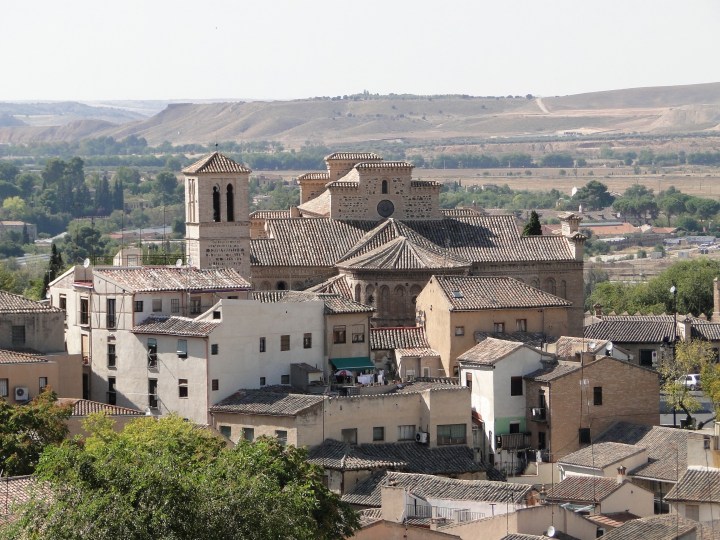
3Plaza de Zocodover
After a quick visit to Santiago de Arrabal, head towards Plaza de Zocodover, where you will find elements of Muslim, Jewish and Christian architecture as well as some of the city’s most famous pastry shops selling marzipan sweets, which are native to Toledo.
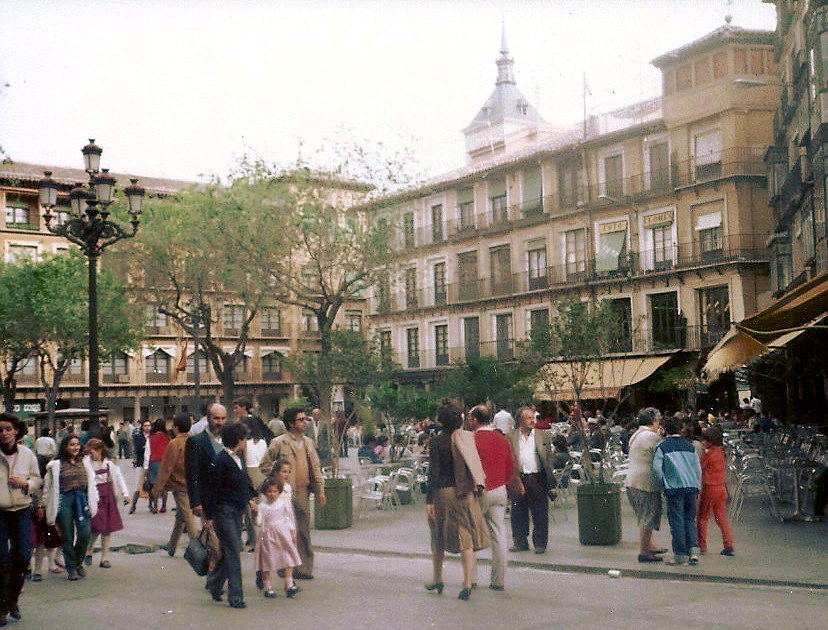
4Monasterio San Juan de los Reyes
Visitors can then walk towards the Monasterio San Juan de los Reyes, a Franciscan monastery built by King Ferdinand II of Aragon and Queen Isabella I of Castile to commemorate the birth of their son, John, and the victory of the Spanish armada over the Portuguese in the Battle of Toro (1476).
Unlike many Franciscan monasteries, the overall feel of this building is monumental, with the cloister and altars sporting typical Gothic features like gargoyles and intricate bas-reliefs. The original confessional used by St. John of the Cross is located in this monastery, preserved in one of the cloisters.

5Primatial Cathedral of St. Mary of Toledo
After a visit to the monastery, visitors should head towards Toledo’s jewel of Catholic architecture, the Primatial Cathedral of St. Mary of Toledo. Standing as Spain’s second largest cathedral, this church is considered as the best example of Gothic architecture in the country.
Built between 1226 and 1493, it is structured around three aisles with beautiful stained glass windows all along both sides of the church. The most breathtaking part of the church is probably the altarpiece in the Capilla Mayor, a 9-foot tall altar with a Late Gothic wooden retable altarpiece carved by Spanish sculptor Enrique Egas and Pedro de Gumiel.
This cathedral is also the place where some of the most beautiful works of art by El Greco are to be found, thanks to the commission of Diego de Castilla, the dean of the Cathedral of Toledo. The sacristy of the cathedral hosts the famous “Disrobing of Christ,” picturing Jesus as he peacefully looks up to the heavens despite the human violence surrounding him. Thanks to the savvy use of color by El Greco, the figure of Christ, with his red tunic, seems to radiate light among the darkness that surrounds him.
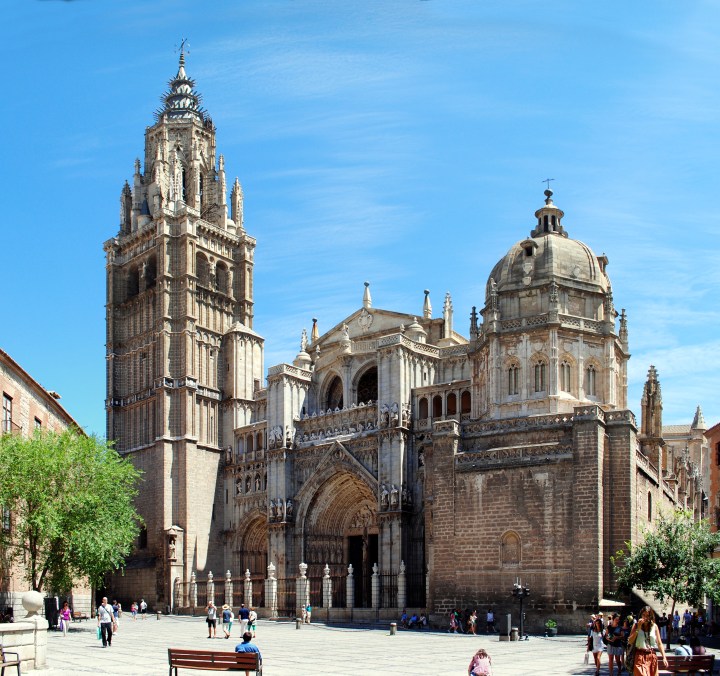
6Iglesia de Santo Tomé
Like many of Toledo’s churches, the Iglesia de Santo Tomé was built on the site of a former mosque in the 12th century. Local nobleman Gonzalo Ruiz de Toledo, Count of Orgaz, who served as mayor of Toledo and acted as a benefactor of the church, is buried here. After his death in 1323, he was laid to rest in the Chapel of the Immaculate Conception and his burial place was honored with one of El Greco’s most famous paintings, “The Burial of the Count of Orgaz.”
Completed between 1586 and 1588, this oil painting on a 15′ x 11′ surface depicts St. Augustine and St. Stephen as they descend from the heavens to assist with the count’s burial. The contrast between the vivid gold of the saints; tunics, standing for God’s light, and the black tone of the rest of the painting, standing for the material world, makes it one of El Greco’s signature works.
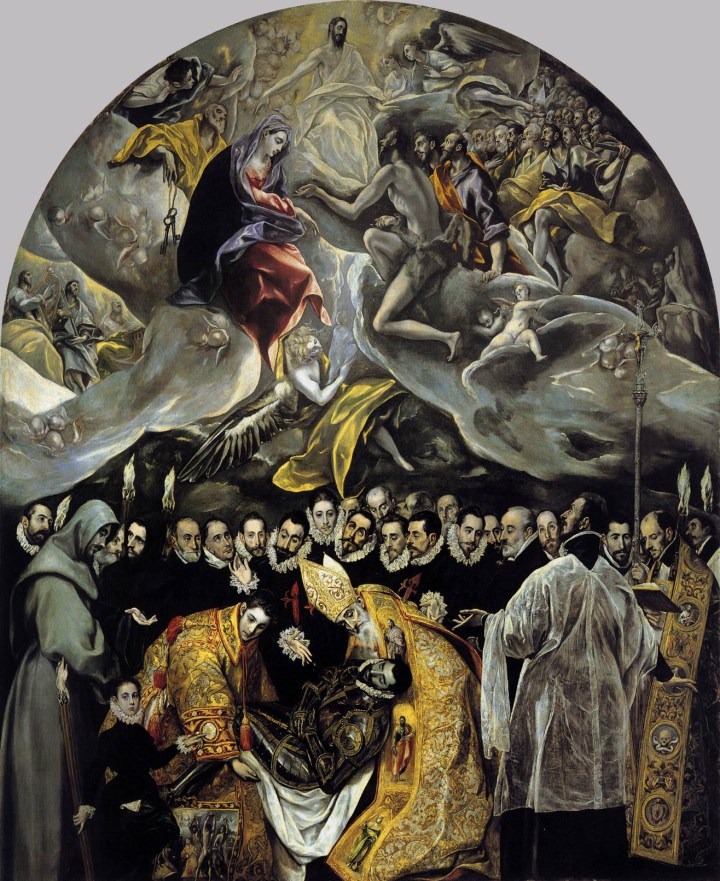
7El Greco Museum
Domḗnikos Theotokópoulos, known as El Greco, was born in Crete, Greece, in 1514, when the Greek island was part of the Republic of Venice. After traveling to Venice at age 26 to learn from Mannerist masters, including Tintoretto, he relocated to Toledo where he spent the rest of his life.
In Toledo El Greco completed his signature works, including the 1614 “Opening of the Fifth Seal,” currently preserved at The Metropolitan Museum of Art in New York. This painting depicts a scene from Book of Revelations 6:9-11 where the souls of martyrs ask God for justice against their persecutors on earth.
Luckily for Toledo’s visitors, many of El Greco’s works can be admired in Toledo’s churches or inside his eponymous museum.Located in Toledo’s Jewish quarter, this museum opened in 1911 to celebrate the heritage of the Greek-born Spanish Renaissance master.
The museum hosts a series of 13 paintings portraying Christ and his disciples, commissioned between 1610 and 1614 for the Hospital de Santiago in Toledo, as well as other notable paintings like “Tears of Saint Peter,” which depicts the apostle as a deeply human figure with regretful eyes for the betrayal of Jesus during the passion.
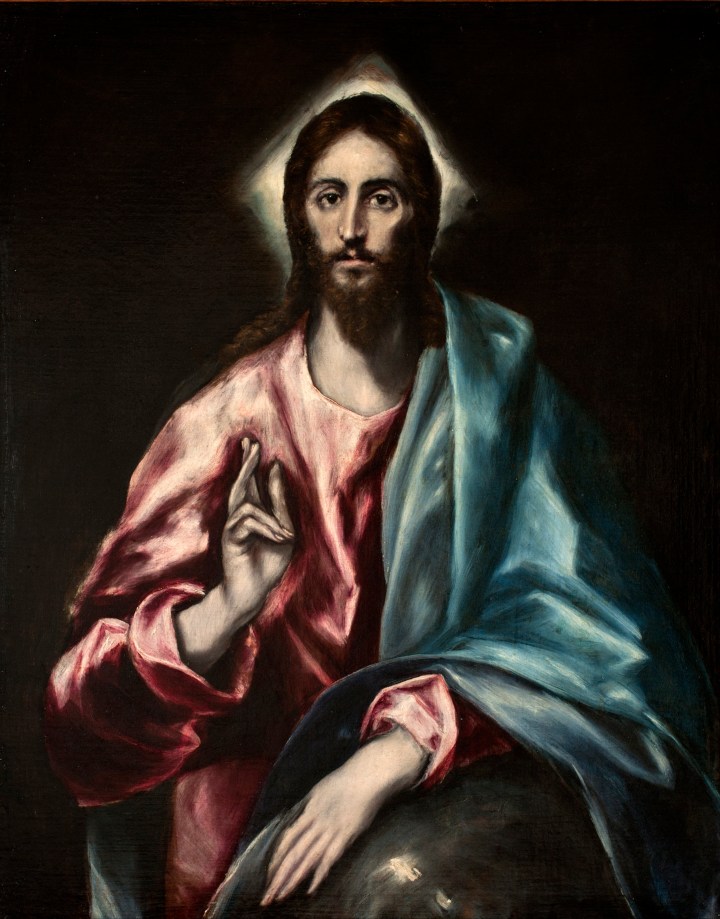
8Puerta de Alcantara
Visitors can exit the city from the Puerta de Alcantara, a 10th-century gate built during Toledo’s Muslim era. This gate features an iconic horseshoe arch typical of Moorish architecture.
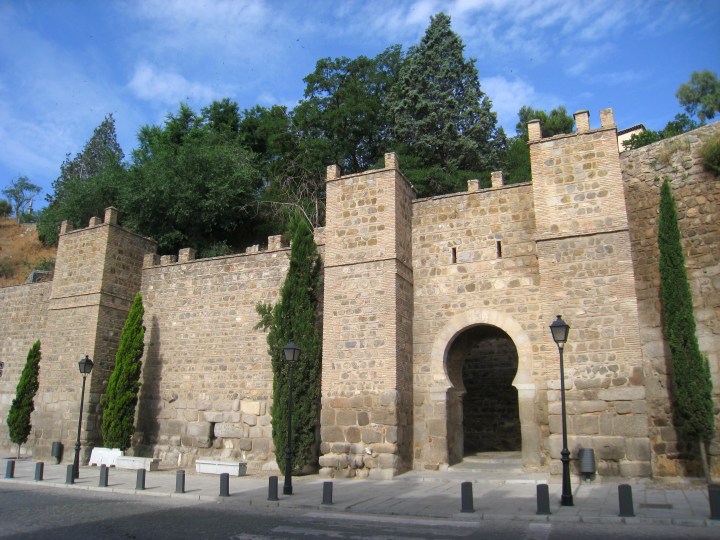
How to get there
Toledo can be easily visited during a day trip from Madrid. From Madrid, the easiest way to arrive in Toledo is via the high speed train, taking 30 minutes (10 Euros).
